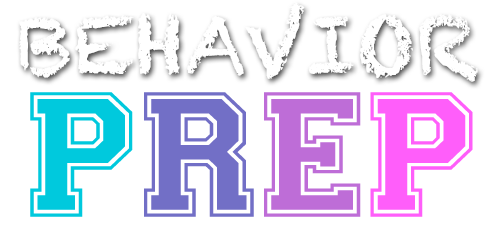D.3 Identify threats to internal validity (e.g., history, maturation)
Threats to internal validity can cause changes in the dependent variable (behavior) that are not due to the independent variable (intervention). These factors can confound the results of an experiment, making it unclear whether the intervention is responsible for the observed changes in behavior.
History
History is a threat to internal validity that occurs when external events or experiences unrelated to the intervention happen during the study and influence the participants’ behavior.
Example: A child begins a behavior intervention program at the same time a new teacher is introduced in their classroom. Any changes in the new teacher that could influence the child’s behavior could influence the intervention itself.
Maturation
Maturation is a threat to internal validity that occurs when natural changes, such as biological or psychological development, impact a participant’s behavior, regardless of the intervention.
Example: A teenager shows improved attention span during a behavior program, but this improvement may be due to natural cognitive development as they age, rather than the effectiveness of the intervention.
Observer Bias
Observer bias occurs when the expectations or beliefs of the person measuring behavior influence the results.
Example: A teacher who knows that a child is receiving a behavior intervention might unconsciously rate the child’s behavior more favorably because they expect improvement rather than because the behavior has objectively improved.
Observer Drift
Observer drift occurs when an observer’s criteria for measuring behavior change over time, often subtly and unintentionally, leading to inconsistent data collection.
Example: At the beginning of an intervention, an observer might be strict in recording aggressive behaviors (e.g., counting only clear instances of hitting), but over time, they start counting less intense behaviors (e.g., loud vocalizations), inflating the behavior counts and leading to inaccurate conclusions about the effectiveness of the intervention.
Observer Reactivity
Observer reactivity occurs when the presence of an observer influences the behavior of those being observed, leading to behavior changes that are not due to the intervention.
Example: A child might behave better during classroom activities when they know a behavior analyst is observing, but this improvement is due to the child’s awareness of being watched, not because of the intervention itself.
